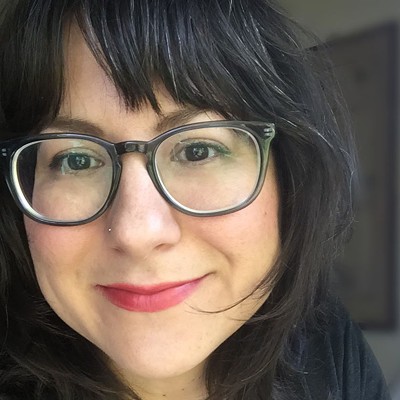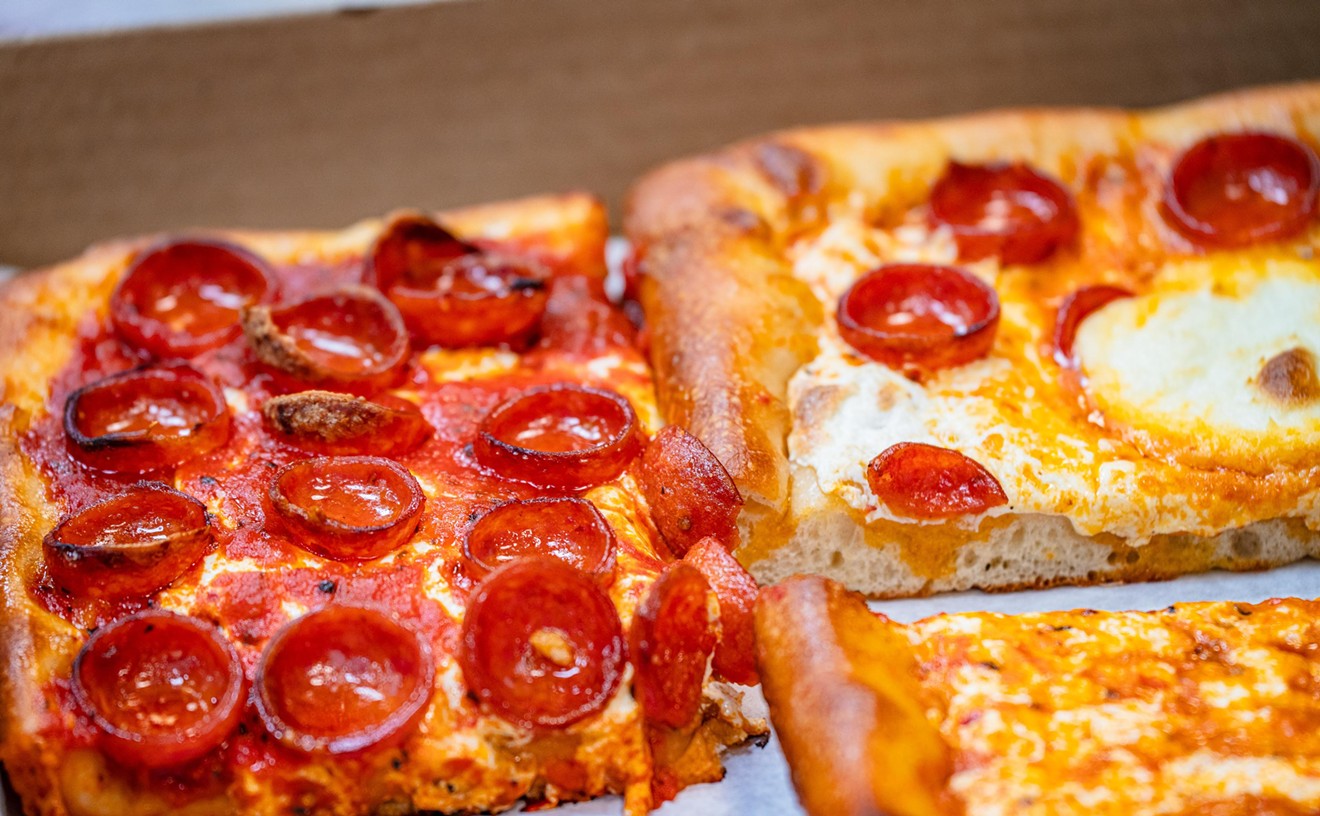Tea is a beverage, much like beer, that brings people together. It defines a cultural experience in China, where well-preserved, intricate, and elaborate ceremonies take place. These wonderful expressions -- which have become long-standing traditions, meditations, and social events -- involve preparation and appreciation.
The International Chinese Fine Arts Council is bringing together art and drink at Tea Tuesdays with Jason Shelton. The next ceremony will be held tomorrow, May 3, at 6:30 p.m. and includes instruction on feng shui with Sylvia Lu. New Times asked Lexïng Zhang to explain more about the traditional ceremony. Her gallery, Art Lexïng, is cohosting this month's celebration of Chinese culture, "Access to China."
New Times: How would you describe the importance of tea and the tea ceremony in Chinese culture? Can you briefly tell us what the ceremony consists of?
Lexïng Zhang: The custom of drinking tea is part of a sophisticated spiritual and scholarly life in the Chinese culture. Our Tea Tuesdays program includes introduction on Chinese tea etiquette, varieties of Chinese tea, as well as a live traditional tea ceremony.
Tea ceremony usually includes these steps:
1. Warming the pot and heating the cups: Fill the teapot with boiling water and drain it -- warming the pot is important as this will enhance the flavor of the tea
2. Appreciate excellent tea: Ti Kuan Yin Oolong is what is traditionally used for the ceremony
4. Rinsing from elevated pot: Pour hot water onto the leaves from an elevated height
5. The spring wind brushes the surface: Brush the froth that will form at the top of the teapot to keep the tea clear
6. Bathe the immortal: Let the tea steep a while longer allowing the inside of the teapot to get warm
7. A row of clouds, running water: Drain the tea completely. We do not drink the first infusion
8. Pour again from a low height: Pour hot water into the teapot with your tea leaves again, this time from a low height, we don't want to force too much flavor out all at once
9. Bathing the sniffer cup: The tea is poured into the aroma cups in one sweeping motion to ensure equal flavors amongst all cups
10. Walk in the mountains and play in the river: Clean excess water from the bottom of the pot
11. The dragon and phoenix in auspicious union: Balance the tasting cup on top of your snifffer/aroma cup
12. The carp turns over: Carefully invert the two cups.
You're having four tea ceremony events. Is there a reason for having this many?
We are having Tea Tuesdays every Tuesday in the gallery, pairing up with other cultural events. Actually, in China, people would have tea ceremony every day depending on their schedules -- it's part of the meditation.
How is this one with Sylvia Lu different from the others?
Feng shui, often called the art of placement, could just as accurately be called "the art of flow." This ancient Chinese practice, literally translated as "wind" and "water," aims to maximize the beneficial movement of chi, the universal life force present in all things, through an environment.
Feng shui provides tools and guidelines for analyzing and correcting the flow of energy into and through our space. On May 3, We'll have the pleasure of having a special guest speaker Sylvia Lu on feng shui, who has vast experience in advising individual and corporate clients, including the Mandarin Oriental and the Ritz-Carlton, on creating positive and harmonious energies.
What kind of tea will they serve? What's a typical tea that is served at ceremonies?
Tea master Jason Shelton shares some of his invaluable knowledge through his years of studies in China and visits to some of the most well-known Chinese tea houses to help you enjoy your Chinese teas to the fullest. Jason will be serving more than a dozen different Chinese teas that are produced in different regions in China. There is not a specific tea that is served at ceremonies, though there are more common ones such as longjing (a type of green tea), puer (a type of black tea), and biluochun.
Bottoms up! The next Tea Tuesday will take place at 6:30 p.m. May 3 at Art Lexïng (180 NE 39th St., Ste. 120, Miami). Check out all the events sponsored by the International Chinese Fine Arts Council at icfac.org.
Follow Short Order on Facebook and Twitter @Short_Order.










